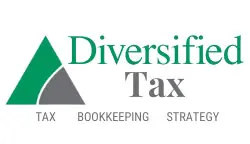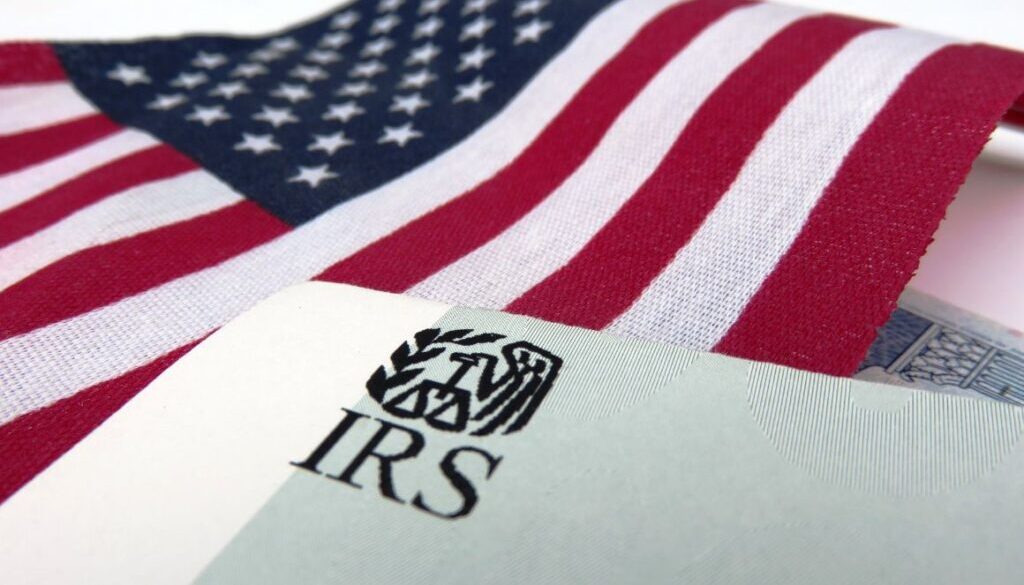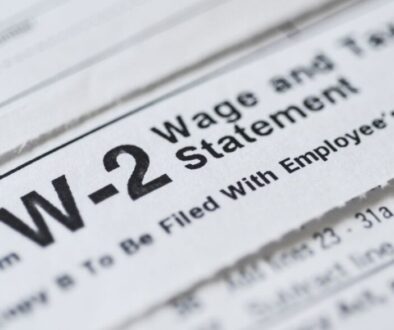What the 2025 Tax Law Changes Mean for You
Table of Contents
What the 2025 Tax Law Changes Mean for You
The financial landscape for American taxpayers is about to undergo a significant transformation with the passage of the 2025 Reconciliation Legislation, commonly referred to as the “One Big Beautiful Bill Act” (OBBBA), signed into law on July 4, 2025. This comprehensive legislation not only makes permanent many provisions from the 2017 Tax Cuts and Jobs Act (TCJA) that were set to expire, but also introduces novel tax benefits and modifications that will impact how individuals and families manage their finances in the coming years.
Understanding these changes is crucial for effective tax planning and maximizing potential savings. While some provisions take effect immediately for the 2025 tax year (filed in 2026), others will be implemented gradually through 2026 and beyond. This article breaks down the key modifications and explains how they might affect your financial situation.
Key Provisions Made Permanent
The OBBBA solidifies several important elements of the 2017 TCJA that were originally scheduled to sunset at the end of 2025. These permanent extensions provide taxpayers with greater certainty for long-term financial planning.
The enhanced standard deduction remains a cornerstone of the tax code, with slight increases for 2025. Single filers or those married filing separately will receive a $15,750 standard deduction, while head of household filers can claim $23,625. Married couples filing jointly or qualifying surviving spouses benefit from a $31,500 standard deduction. These amounts will continue to adjust for inflation in subsequent years.
Another significant continuation is the elimination of personal exemptions for taxpayers, spouses, and dependents. This change, initially introduced in the TCJA, is now permanent under the new legislation, though certain exceptions exist for senior citizens.
The current seven-tier tax bracket structure also remains intact, with rates of 10%, 12%, 22%, 24%, 32%, 35%, and 37%. The first two brackets will receive an initial inflation adjustment in 2026, providing some relief for lower-income taxpayers.
These permanent extensions provide stability in tax planning, allowing individuals and families to make more informed decisions about their financial futures without worrying about dramatic shifts in the tax code.
New Benefits for Workers
The OBBBA introduces several worker-friendly provisions designed to reduce tax burdens on specific types of income earned through 2025-2028.
Perhaps most notable is the “No Tax on Tips” provision, which allows eligible workers in customarily tipped occupations to deduct qualified gratuities from their taxable income. This dollar-for-dollar deduction applies to voluntary cash or charged tips received from customers or through tip-sharing arrangements. The maximum annual deduction is capped at $25,000, with phase-out beginning at modified adjusted gross income (MAGI) of $150,000 for single filers or $300,000 for joint filers. To qualify, tips must be reported on appropriate tax forms, and the taxpayer must possess a valid Social Security number.
Similarly, the “No Tax on Overtime” provision permits certain workers to deduct qualified overtime compensation required by the Fair Labor Standards Act. This includes the premium portion of “time-and-a-half” pay that exceeds regular wages. The deduction is limited to $12,500 annually for single filers ($25,000 for joint filers) and follows the same phase-out thresholds as the tip deduction. Employers must designate overtime wages on W-2 forms, with special approximation rules available for 2025.
These worker-focused deductions represent significant potential tax savings for service industry employees and hourly workers who regularly receive tips or work overtime hours. However, they are temporary measures set to expire after the 2028 tax year unless extended by future legislation.
Enhanced Benefits for Families
Families with children and dependents will find several favorable changes in the new tax legislation, some effective immediately and others phasing in over time.
The Child Tax Credit receives a modest boost from $2,000 to $2,200 per qualifying child beginning in 2025. Additionally, both the credit amount and the related refundable portion ($1,400) will now adjust annually for inflation. The phase-out thresholds remain at $200,000 for single filers and $400,000 for joint filers. To claim this credit, at least one spouse on joint returns must have a valid Social Security number, as must the qualifying child.
For families with dependents who don’t qualify for the Child Tax Credit, the $500 Other Dependent Credit has been made permanent. This provides continued support for taxpayers caring for elderly parents or adult relatives.
Families who have adopted children will benefit from enhanced adoption assistance. While the total Adoption Credit remains capped at $17,280 for 2025, up to $5,000 of this amount becomes refundable under the new legislation. This refundable portion will adjust for inflation in future years, potentially providing significant financial relief to adoptive families.
The legislation also expands eligible expenses for 529 education savings plans. Distributions can now cover up to $20,000 in K-12 expenses (doubled from the previous $10,000 limit) and additional non-tuition qualified expenses such as books, online learning materials, and tutoring fees. Post-secondary educational costs like testing fees for credentials and continuing education requirements also qualify as tax-exempt distributions.
These family-oriented provisions reflect an emphasis on supporting households with children and dependents through targeted tax relief measures.
Vehicle and Home-Related Tax Benefits
The OBBBA introduces several provisions related to vehicle purchases and home ownership that could significantly impact taxpayers’ financial decisions.
A notable addition is the “Car Loan Interest Deduction,” available from 2025 through 2028. This provision allows taxpayers who purchase new vehicles to deduct interest paid on their auto loans, up to $10,000 annually. To qualify, the vehicle must have undergone final assembly in the United States, and taxpayers must include the Vehicle Identification Number (VIN) on their tax returns. The deduction phases out for single filers with MAGI exceeding $100,000 ($200,000 for joint filers). This benefit applies only to loans originated after December 31, 2024, for new vehicles purchased for personal use.
Conversely, the legislation eliminates several environmentally-focused tax incentives. The Clean Vehicle Credits for both new and used electric vehicles will be discontinued for vehicles acquired after September 30, 2025. Similarly, residential energy credits for energy-efficient home improvements will terminate after 2025, including both the Energy Efficiency Home Improvement Credit and the Residential Clean Energy Credit.
For homeowners who itemize deductions, the State and Local Tax (SALT) deduction cap increases from $10,000 to $40,000 for incomes under $500,000 ($250,000 for married filing separately) from 2025 through 2029. This cap gradually reduces for higher-income taxpayers and will increase by 1% annually. This change may influence whether itemizing deductions becomes more advantageous than claiming the standard deduction for many taxpayers.
The legislation also addresses disaster-related personal casualty losses, extending special rules for federally declared disasters occurring on or before July 4, 2025, and declared within 60 days of that date. For qualifying disasters, losses need not exceed 10% of Adjusted Gross Income (AGI), and taxpayers may claim disaster losses as an additional standard deduction rather than itemizing.
These vehicle and home-related provisions present both opportunities and limitations that taxpayers should carefully consider when making major financial decisions in the coming years.
New Savings Opportunities
The OBBBA creates innovative savings vehicles, particularly for families planning for their children’s futures.
Starting in 2026, the legislation establishes “Trump Child Savings Accounts” for children under 18. These accounts function similarly to retirement accounts, with annual contribution limits of $5,000 (adjusted for inflation after 2027). Employers may contribute up to an additional $2,500 annually for employees or their dependents. While contributions aren’t tax-deductible until the child turns 18, earnings grow tax-deferred until withdrawal. Children cannot access these funds until reaching age 18.
For babies born between 2025 and 2028 who are U.S. citizens, the federal government will automatically contribute $1,000 to a Trump Account. If parents haven’t already established an account, the government will create one automatically.
These new savings opportunities provide families with additional tax-advantaged options for building financial security for their children’s futures.
Changes to Reporting Requirements
The legislation modifies several reporting thresholds that affect how income is documented for tax purposes.
Beginning in 2025, third-party payment apps and platforms will only be required to issue Form 1099-K if a user receives over $20,000 AND conducts more than 200 transactions on a single platform within a tax year. This represents a significant increase from previous thresholds, potentially reducing paperwork for casual sellers and gig workers. However, taxpayers must still report all taxable income regardless of whether they receive a form documenting it.
Starting in 2026, the reporting threshold for Forms 1099-NEC and certain items on Form 1099-MISC increases from $600 to $2,000. This threshold will adjust for inflation in subsequent years, potentially reducing administrative burdens for businesses and independent contractors.
These reporting modifications aim to streamline tax compliance while maintaining necessary oversight of income reporting.
Looking Ahead: 2026 and Beyond
While many provisions take effect in 2025, several significant changes won’t impact taxpayers until 2026 or later.
The Child and Dependent Care Credit expands in 2026, with the maximum percentage of eligible expenses increasing to 50%. The phase-down ranges also shift to higher income levels, potentially benefiting more families. For single taxpayers with AGI between $0 and $15,000, the credit percentage remains at 50%, gradually decreasing to 20% for those with AGI over $105,000. Joint filers maintain the 35% credit percentage up to $150,000 AGI before phasing down to 20% above $210,000.
Beginning in 2026, non-itemizing taxpayers can claim a Charitable Deduction for cash contributions up to $1,000 (single) or $2,000 (joint). Conversely, itemizers must reduce their charitable deduction by 0.5% of their contribution base (generally AGI).
The legislation permanently eliminates miscellaneous itemized deductions and maintains the $750,000 cap on qualified residence interest deduction for home acquisition debt. However, mortgage insurance premiums (PMI) associated with acquisition debt may now be treated as mortgage interest.
A 1% excise tax on money transfers to foreign locations takes effect in 2026, impacting international money orders and cashier’s checks.
These future changes highlight the importance of ongoing tax planning and awareness of evolving provisions that may affect financial decisions in coming years.
Conclusion
The 2025 tax law changes represent a significant evolution in the American tax landscape, combining permanent extensions of previous reforms with new provisions designed to benefit workers, families, and certain taxpayers. While some changes offer immediate advantages, others require careful planning to maximize potential benefits.
As these provisions roll out over the next several years, consulting with qualified tax professionals remains essential for navigating the complexities of the tax code and optimizing your financial strategy. By staying informed about these changes and their implementation timelines, taxpayers can make more confident decisions about their financial futures in this evolving tax environment.




